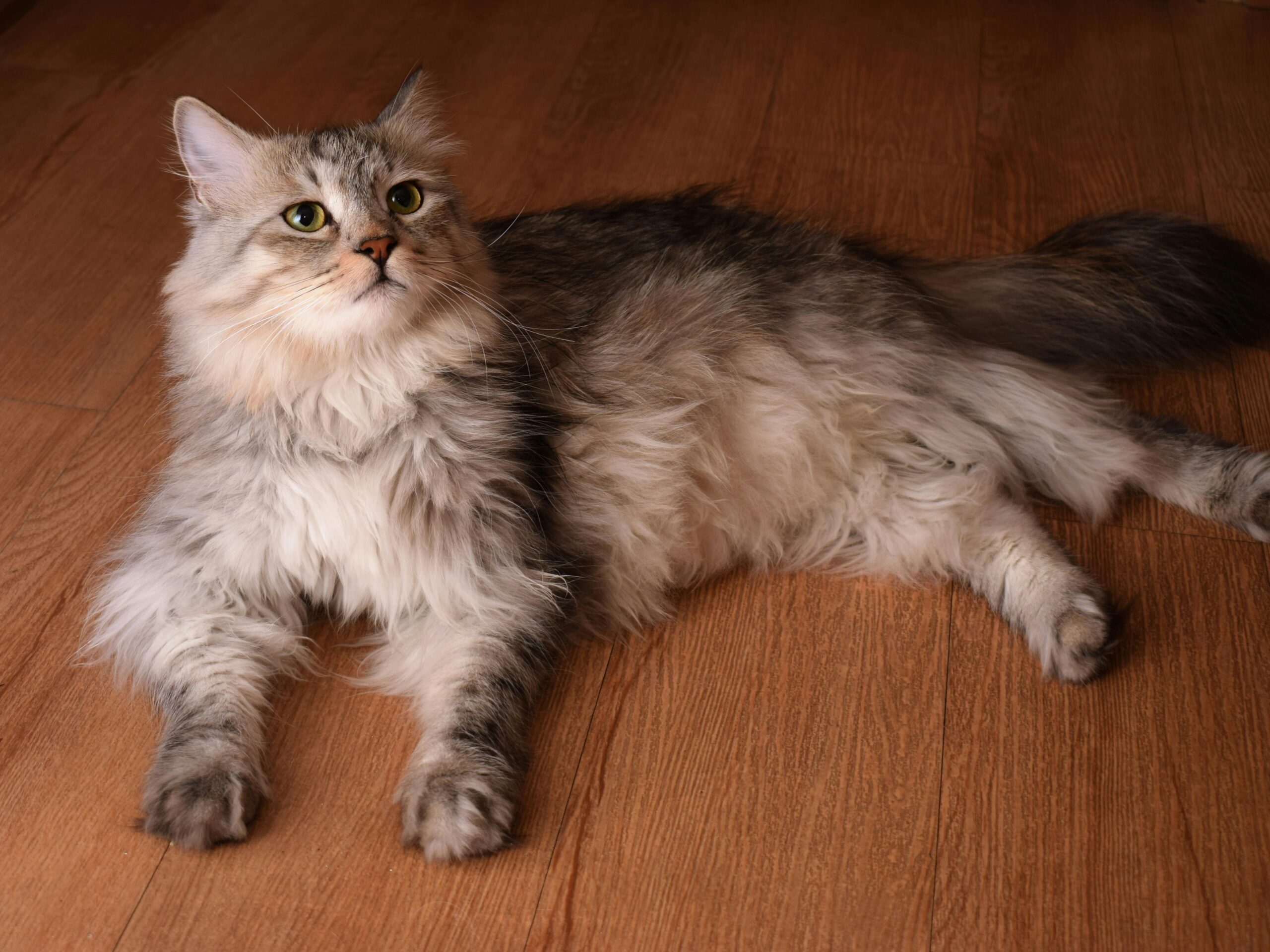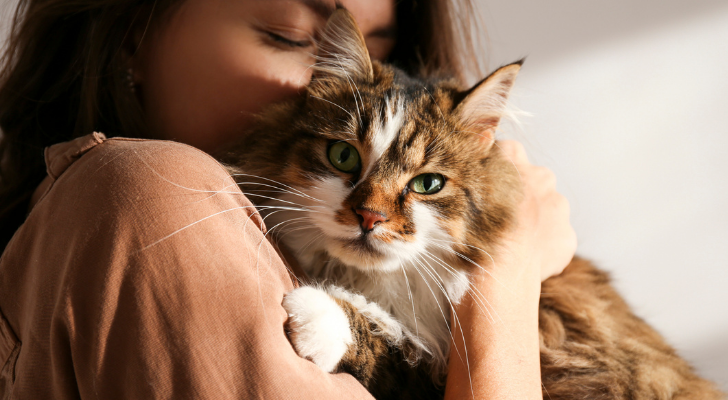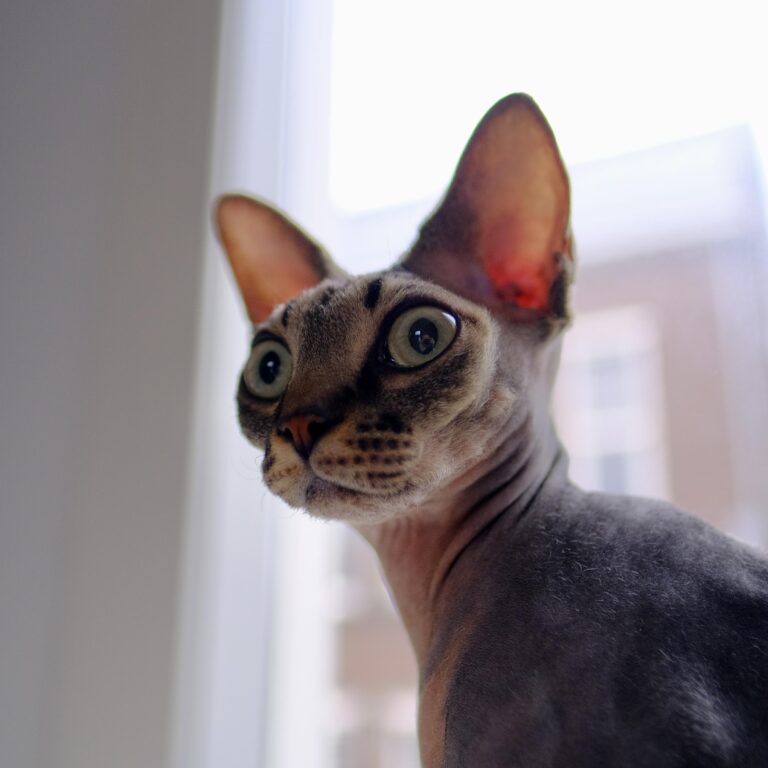Wenn du dich für majestätische und robuste Katzen interessierst, wirst du die Sibirische Katze und die Norwegische Waldkatze lieben. Beide sind nordische Naturwunder – stark, intelligent und wunderschön. Doch bei genauerem Hinsehen zeigen sich spannende Unterschiede in Herkunft, Aussehen und Charakter.
🐾 Sibirische Katze
Origin and History
Die Sibirische Katze stammt aus Russland und ist perfekt an das raue Klima angepasst. Ihr dichtes, wasserabweisendes Fell schützt sie vor Schnee und Kälte. Sie gilt als Symbol für Stärke und Ausdauer – ein echtes Stück russische Wildnis im Wohnzimmer.

Foto: Vahab Ghadiri
Appearance and Size
Mit kräftigem Körperbau, buschigem Schwanz und rundem Gesicht zählt sie zu den größeren Katzenrassen. Ihre Augen schimmern meist in Gold, Grün oder Blau – ein markanter Kontrast zu ihrem dichten Winterfell.
Character and Temperament
Sibirische Katzen sind intelligent, aktiv und anhänglich. Sie lieben es zu klettern und zu spielen, suchen aber auch die Nähe ihres Menschen. Fremden gegenüber sind sie zunächst zurückhaltend.
Care and Health
Während des Fellwechsels hilft regelmäßiges Bürsten. Insgesamt gilt die Rasse als robust, solange Ernährung und Bewegung stimmen.
🌲 Norwegische Waldkatze
Origin and History
Die Norwegische Waldkatze – „Wegie“ – stammt aus Skandinavien. Sie lebte lange in nordischen Wäldern und gilt als hervorragend an Wind und Kälte angepasst; in Sagen wird sie mit Freyja verbunden.

Foto von Maarten Zuidhoorn auf Unsplash
Appearance and Size
Dichtes Unterfell plus wasserabweisendes Deckhaar, insgesamt kantigerer Look als bei der Sibirischen. Groß, elegant, gebaut fürs Klettern.
Character and Temperament
Sanft und sozial, liebt Beobachten und hohe Plätze. Meist unkompliziert mit anderen Tieren.
Care and Health
Im Fellwechsel regelmäßig bürsten, sonst pflegeleicht und robust. Viel Bewegung wirkt Wunder.
Conclusion
Beide Rassen bringen nordischen Charme in dein Zuhause. Die Sibirische wirkt verspielter und menschenbezogener, die Norwegische beeindruckt mit Ruhe und majestätischer Präsenz.









